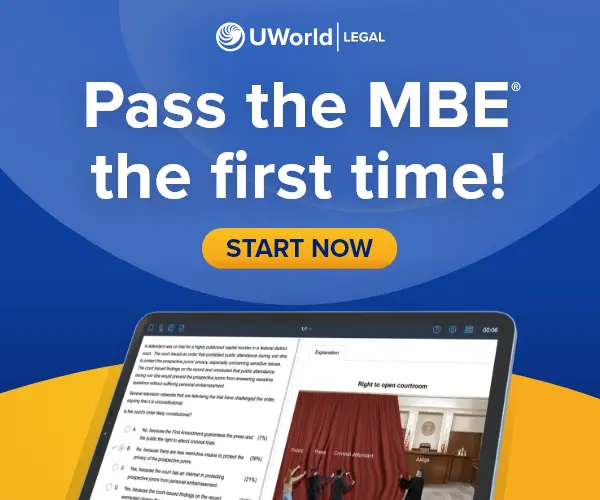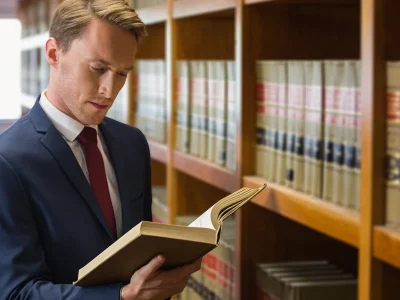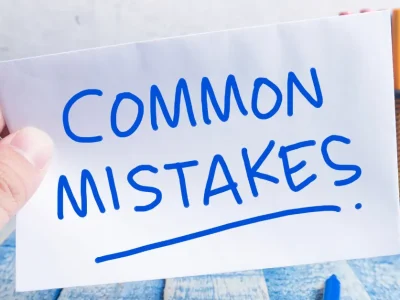Motions make up roughly 20% of the civil procedure questions tested on the MBE®, so it’s important to know when and how to file motions. If you’re struggling to remember the various motions available during civil litigation, have no fear! Use the chunking strategy. Grouping chunks of helpful information into manageable pieces will help you better organize and memorize that information. And because we at UWorld always want to lend you a helping hand, we’ve chunked the key motions for you!
There are THREE stages of litigation when motions can be asserted: pretrial, during trial, and posttrial. Pretrial motions are generally designed to efficiently dispose of the action. The most common pretrial motions are laid out in the following table:
| Pretrial motions | |
|---|---|
| Type | Grounds |
| Default judgment | Defendant failed to timely serve answer Any party failed to comply with court order |
| Pre-answer | No subject-matter or personal jurisdiction Improper venue Insufficient service of process Failure to join required party Failure to state claim upon which relief can be granted |
| Judgment on the pleadings | Pleadings, attached exhibits & matters of public record show: no genuine dispute of material fact & movant entitled to judgment as a matter of law |
| Voluntary dismissal | Plaintiff requests dismissal |
| Involuntary dismissal | Defendant requests dismissal because plaintiff failed to prosecute or comply with rule/court order |
| Summary judgment | Pleadings, affidavits, declarations, discovery, etc. show: no genuine dispute of material fact & movant entitled to judgment as a matter of law |
During trial, the principal motion is a motion for judgment as a matter of law (JMOL). This motion requests that the court issue a judgment in favor of the movant because the evidence is legally insufficient for a reasonable jury to find in the nonmovant’s favor. The proper time to move for JMOL (and its renewed JMOL twin sibling) is illustrated by the following timeline:
Posttrial motions are generally designed to fix any errors that occurred during trial. The following table summarizes the most common posttrial motions:
| Posttrial motions | |
|---|---|
| Type | Grounds |
| Attorney’s fees | Statute or rule allows recovery |
| Correct mistake | Clerical mistake Mistake arising from oversight or omission |
| Renewed JMOL | Evidence legally insufficient to find for nonmovant |
| Alter or amend judgment | Manifest error of law or fact Intervening change in controlling law Newly discovered evidence |
| New trial | Prejudicial trial error Prejudicial misconduct by judge, attorney, party, juror Verdict not supported by clear weight of evidence Excessive or inadequate damages Newly discovered evidence |
| Extraordinary relief | Mistake, inadvertence, surprise, excusable neglect Newly discovered evidence Fraud, misrepresentation, misconduct Void judgment Judgment satisfied, released, discharged Any other reason justifying relief |
Mnemonic: A CRANE
JMOL = Judgment as a matter of law.
Want to put your bar prep in motion? Use this tip when answering practice questions in the UWorld MBE QBank. Click here to access our QBank or purchase a subscription.
MBE® is a registered trademark of The National Conference of Bar Examiners® (NCBE®). NCBE does not endorse, promote, or warrant the accuracy or quality of the products or services offered by UWorld Legal.




